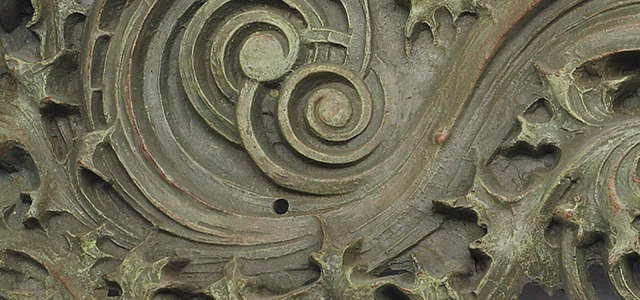
The first international style in architecture was not the white-box style of Le Corbusier and Walter Gropius but Art Nouveau, modernism’s predecessor and in many ways its aesthetic and philosophical opposite. Art Nouveau flourished from 1890 to 1910, and along the way it produced a surprisingly large number of masters: Gaudí, Hoffmann, Horta, Mackintosh, Plečnik, Sullivan, Van de Velde, and Wagner. And that’s just the leading architects; there were also painters, designers and craftsmen: Beardsley, Klimt, Lalique, Moser, Tiffany. Thirty years is a good long run as architectural fashions go, indeed, the International Style lasted barely that long, nevertheless, modernist apologists have always pooh-poohed Art Nouveau, promulgating the view that “the demise of Art Nouveau was attributable to some fundamental internal flaw,” as Peter Kellow writes in a recent issue of American Arts Quarterly. The modernist apologists were understandably defensive; nobody would ever put a Gropius architectural fragment in a museum, as they would the work of Sullivan and Horta. Moreover, the anti-rationalism of Art Nouveau flew in the face of “scientific” modernism. Yet a quick glance at subsequent history reveals that Art Nouveau was the harbinger of a significant strain of modern architecture, visible in the work of Scharoun, Mendelsohn, Poelzig, the late Wright, and surviving today, though without the exquisite details, in the work of Gehry and Hadid. Though there was a brief revival of Art Nouveau, at least in graphic design, during the psychedelic Sixties, an architectural revival seems unlikely. But you never know. As Kellow writes. “Art Nouveau buildings are surely some of the most beautiful ever designed. Not necessarily the best, but the most beautiful.”
